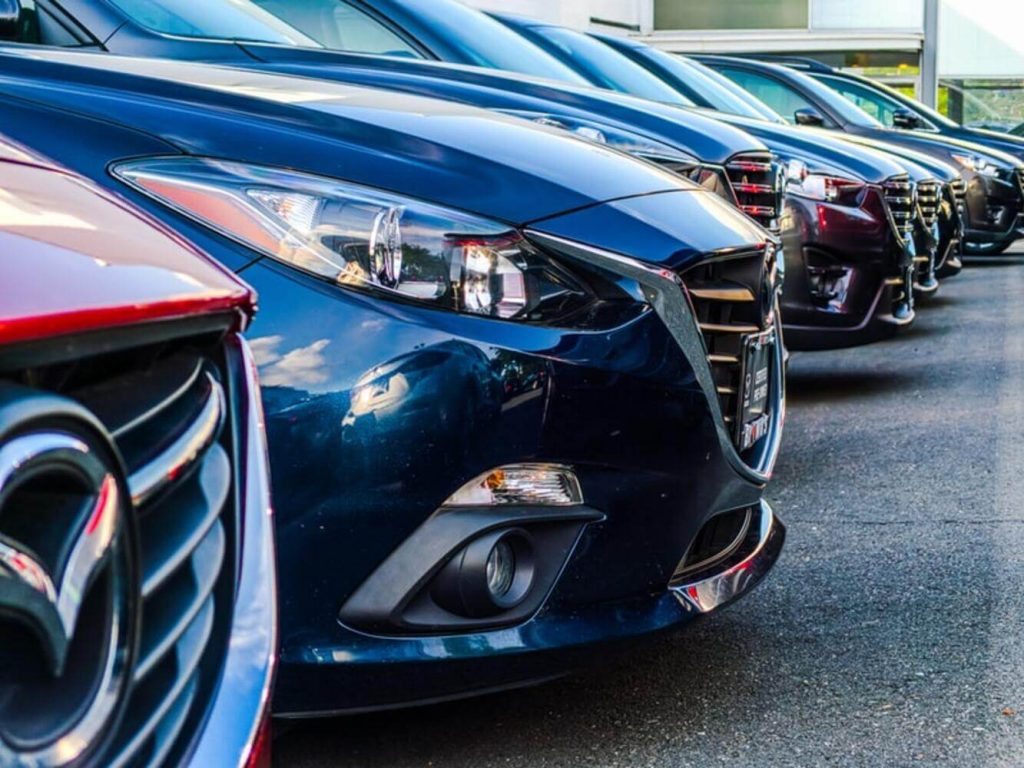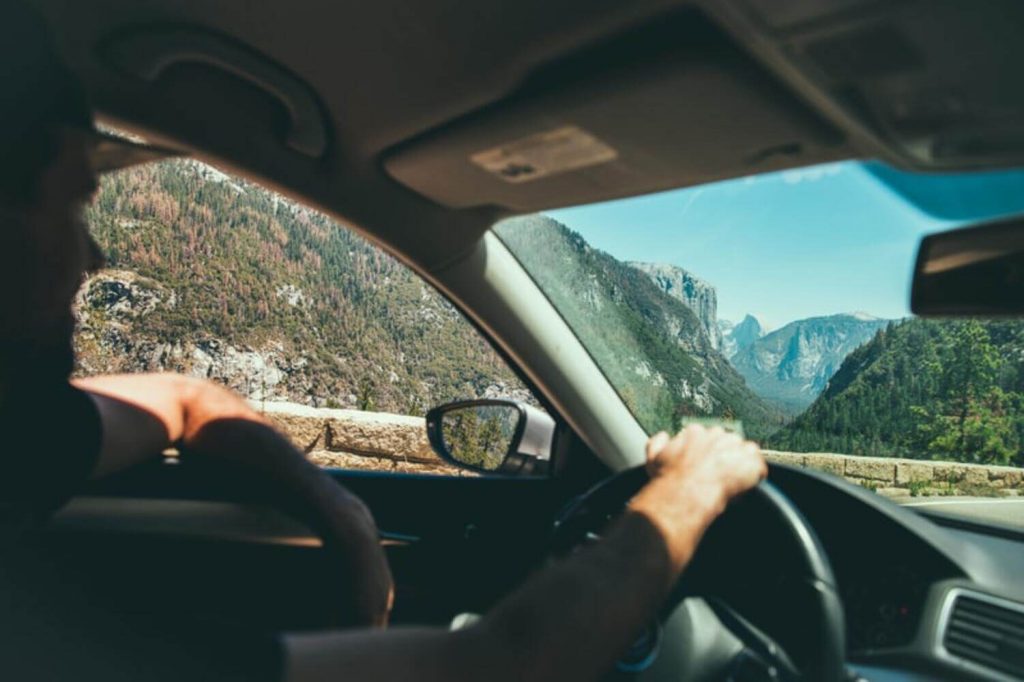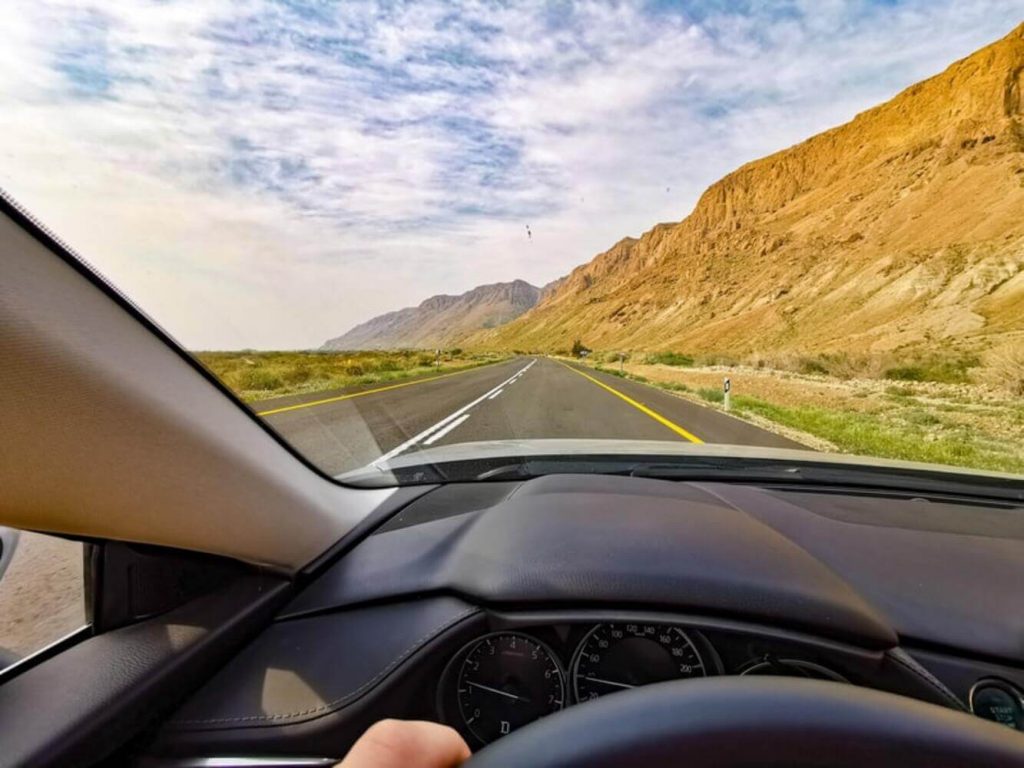People often look for ways to save money. You might skip out on your morning latte every now and then or go through the grocery store with an already budgeted list rather than browsing around aimlessly. But when it comes to buying a car, many people feel pressured into spending more than they can afford. Don’t feel that way. There’s nothing wrong with buying a used vehicle. That said, just because you’re not buying a brand-new ride doesn’t mean you should settle for less. Here’s the ultimate guide on how to purchase a second-hand car that’s worth your hard-earned money.
Determine Your Budget
The first and most important consideration you should make is your budget. Determine a number and stick with it no matter what. Once you start shopping around, avoid getting tempted into deals that go over what you can afford. Remember, millions of people out there are trying to sell their old cars. Be patient. You’ll eventually find the perfect one for your needs and budget.
 If you would like to buy a certain car, make sure it works with your budget.
If you would like to buy a certain car, make sure it works with your budget.
Choose What Type of Car You Want
No, you probably won’t land a second-hand Lambo, but as a buyer, you have the right to choose the car you want. Do you need more space for trips? Get a hatchback. Can afford a bit of luxury? A Buick encore is a good choice. Or do you just want something to use daily? Then a sedan will satisfy your transportation needs. The bottom line is to know that you have a say in this.
 Be sure to think about your requirements when car shopping.
Be sure to think about your requirements when car shopping.
Look for Car Sellers Near You
The farther your potential car is, the more risks you’ll have to take in shipping it home. Knowing this, keep your eyes peeled for car sellers nearby. Better set the radius at around 100 miles. Start by asking friends and family if they know of any local dealerships on the cheap side. If not, you can go and check marketplaces online.
Stay Away from Trip-Ups
Be sure to check out all of the paperwork before committing to anything with a dealership. This includes ensuring there’s no negative equity from previous owners and that everything is paid off (if applicable). Even if someone offers you a great deal, don’t let them talk their way around things. Check over every single specific about the car before signing anything.
How to Test Drive the Car
A test drive is the key to a successful car purchase. You want to make sure that everything works fine before bringing home the trophy. If there is an issue with the engine or the AC, you can opt out of the deal.
Having said that, here are a few helpful tips for test driving:
- Pay attention to how comfortable drives. A good indicator of whether or not this will be your next vehicle is how smoothly it rides on both short trips around the block as well as long road trips out of town.
- Try different kinds of roads. That’s because each drive type requires the car to use certain parts in the car more than others.
- Check the interior and exterior. Are there any scratches? Wear and tear? How bad is the rust formation? Torn upholstery? If you’re willing to compromise some of these, you can often negotiate further for a lower price.
- Be wary of the small details. As you drive the car, notice if the break responds well, the engine sounds right, tires don’t squeal, no panic stops, etc. Keep in mind that it’s going to be your car, if ever. You’re just trying to avoid accidents in the future.
Check the Necessary Documents
Ready to take home this car? Not so fast! Be sure to check the necessary documents. This may include forms like tax declarations or bills of sale. Specifically, the seller should provide you with:
- The bill of sale is the most important paperwork you’ll ever need. It seals the transaction.
- Additionally, the bill of sale should state the year and make of the car, vehicle identification number, date of sale, purchase price, and respective signatures of buyer and seller.
- Proof of ownership
- Certificate of title, depending on the state.
What to Do After Buying a Used Car
So you’ve finally purchased the vehicle. What now?
Here are some tips on how to take care of your new car.
- First, make sure to process the car’s title transfer and registration. If you bought it far away, you’d most likely have to ship the vehicle since you can’t drive it yet without the necessary paperwork.
- Next, have a mechanic inspect the car before driving off the lot. You may have missed minor problems during the test drive. You might as well get a tune-up and oil change too.
- Lastly, take care of your car as if you are the first to own it. It’ll surely serve you for the years to come.
 Make sure you know what to as soon as you actually have the car in your hands.
Make sure you know what to as soon as you actually have the car in your hands.
Conclusion
Buying a second-hand vehicle isn’t something to be ashamed of. There are many instances of used cars that have lasted for decades. Be sure to treasure yours and enjoy your new ride